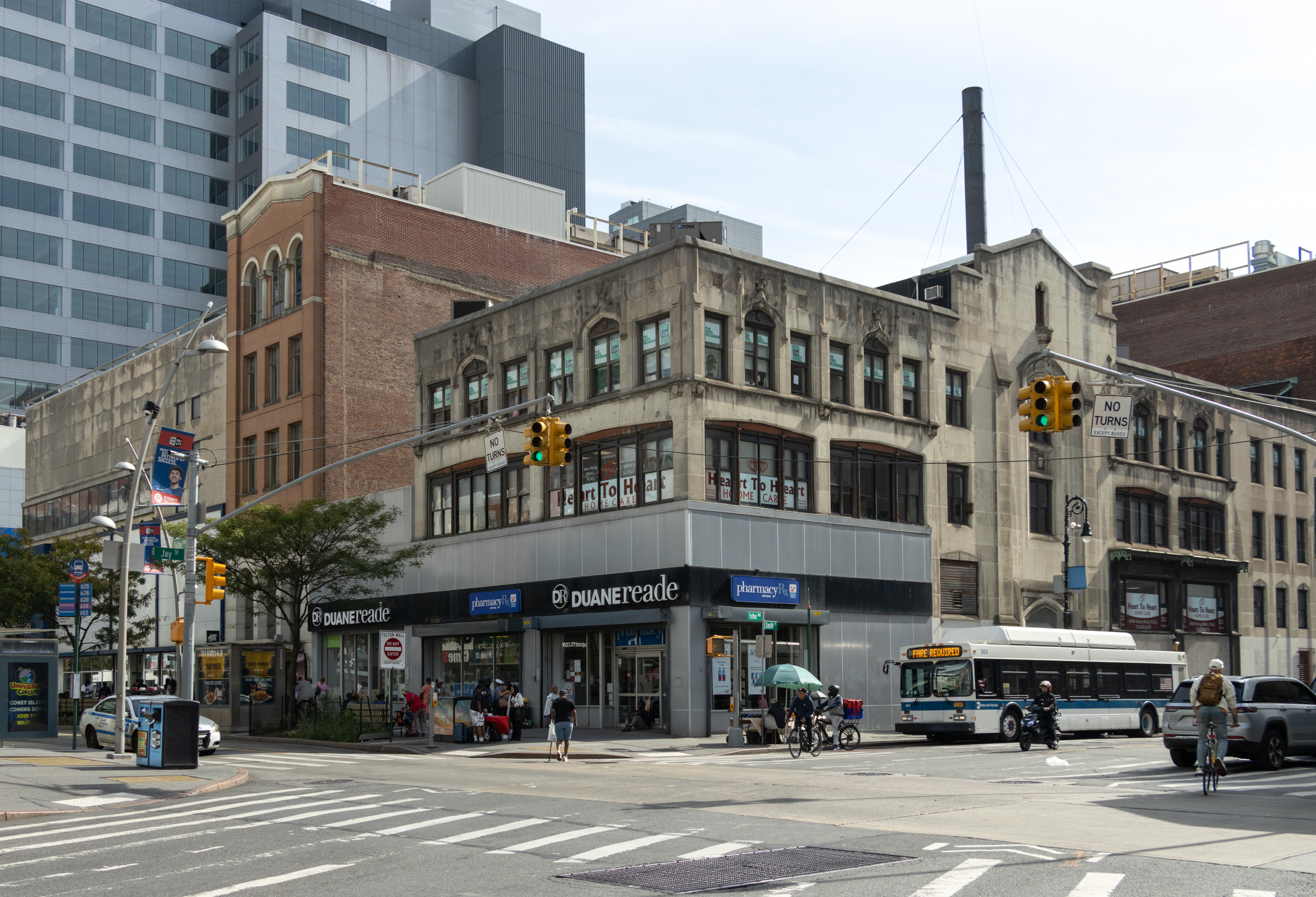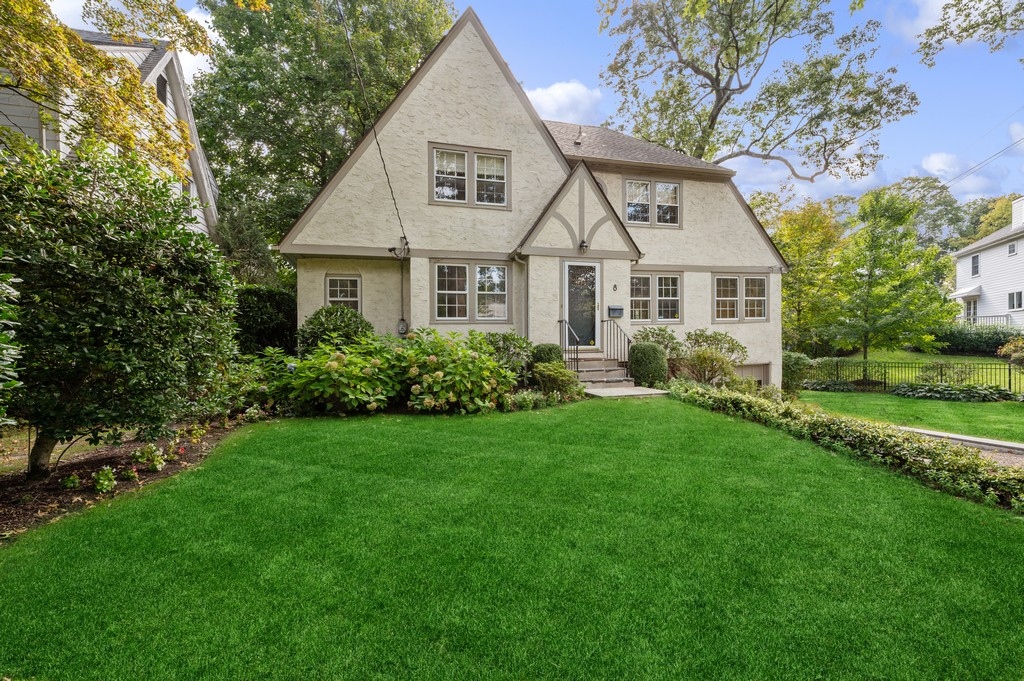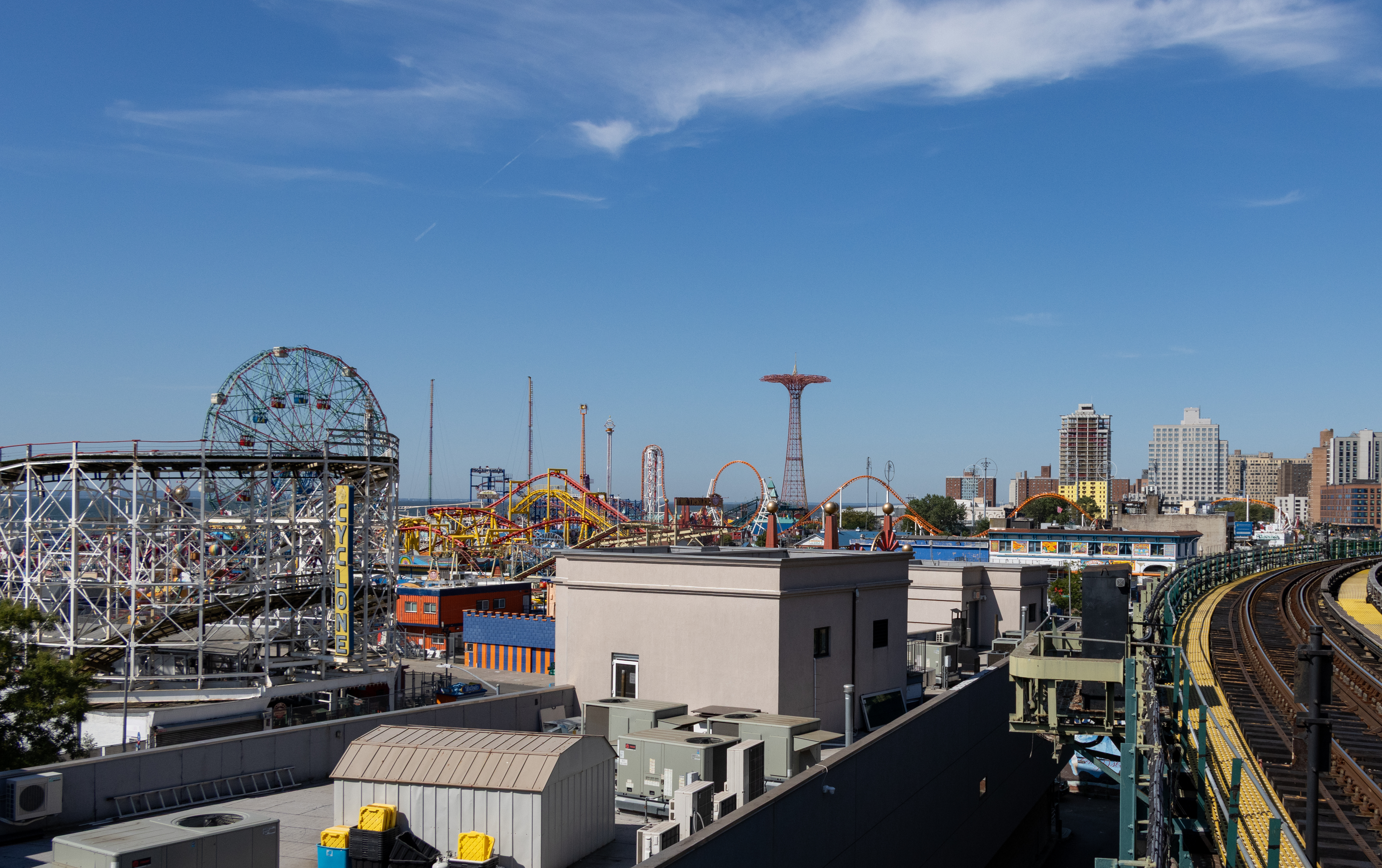Vacant Lots Today, Eyesores Tomorrow?
When we were tootling around Bed Stuy last weekend we were keeping an eye out for vacant lots that could be the future sites of architectural travesties. The sheer number of vacant lots are perhaps the neighborhood’s greatest vulnerability going forward. We offer up a few of them here, in various points in the development…
When we were tootling around Bed Stuy last weekend we were keeping an eye out for vacant lots that could be the future sites of architectural travesties. The sheer number of vacant lots are perhaps the neighborhood’s greatest vulnerability going forward. We offer up a few of them here, in various points in the development lifecycle.
1089 Fulton GMAP
1185 Fulton GMAP
794 Lafayette GMAP
117 Lexington GMAP





I was responding to B-stoners comments
My point is that while everyone prefers “attractive” buildings, “ugly” buildings are far from a major problem for the majority of Bed Stuy’s residents despite your and B-stoners comments.
I certainly never said that ugly buildings caused the “ghettoizing” of Bed Stuy. However, as Bed Stuy struggles to move forward, these buildings are not helping. Unless you are saying that for a home to be affordable, it must be crappy, I don’t see your point.
Bedstuyer – you are correct 500K+ is far from cheap, and obviously this housing is not going to go to the majority (poor) Bed Stuy population. But new investment (ugly or not) brings people, money and interest to the area and can lead to expanded opportunity to this population that needs opportunity alot more than it needs “attractive” houses – again I repeat that I know that it isnt really the choice (ugly or nothing)developers face . BUT to try to portrey architecture as even being in the top 5 of problems facing Bed Stuys future is to seriously ignore the reality of the majority population
Brownstoner, with all due respect, I do not think you understand the economics and parties involved in affordable housing projects.
A developer in an affordable housing project is not compensated like a developer in a market rate housing project. Neither is the lender. The whole system put in place to promote affordable housing construction provides incentives that end up with buildings that are not aesthetically pleasing.
You would have to change the entire system, it’s not a matter of one developer’s personal tastes.
If working class people have to scrimp and save to buy this “crap”, how can they ever hope to buy a home that this blog’s readership can endorse? In all likelihood these folks will never be able to afford a brownstone, but this shouldn’t limit them to renting for the rest of their lives; nor should it require that they leave their neighborhood. Better they should own something modest and poorly built. Pride comes with ownership, even if the thing owned is modest.
Brownstoner – I certainly would like to see attractive buildings rather than ugly, shoddy ones. My post was responding to yours and Bedstuyers comments which seemed to prioritize architechture/vacant land as the greatest problem facing Bed Stuy
But in reality any new buildings (ugly or not) in areas like Bed Stuy are truly better than none (Not that it is really that choice) Ugly buildings played no any factor in isolating or ghettoizing Bed Stuy, it was the flight away from these neighborhoods and lack of any investment that led to these areas becoming ghettos (not ugly houses – in fact by my observation, it was the old “attractive” nabes that were left to become ghettos while the newer bland/ugly nabes that maintained or expanded during the 50-80s period) and it is the social isolation (no education, no employment prospects etc…) that keeps many parts a ghetto. Again ugly houses have nothing to do with it.
As for whether the new construction is shoddy – I am sure some is, but unless gross negligence is used virtually all new construction is studier, safer and will last longer with less maintainance than anything built 50+ years ago. As people here should know – just because your late 19th Century home looks as solid, doesnt mean it isnt hiding some tremendously expensive structural problems.
By the By –
Thanks Brownstoner – that is exactly the point.
I have no problem with private developers building homes. I just want them to stop, look around and have something built that is in character with the other buildings. For instance, keep the lot lines consistent. Why do they always have to be set back so far. Why do the facades have to look like they belong in some part of Queens and not brownstone Brooklyn.
Someone on my block bought an empty lot and built a house. Yes, it is different from the other buildings on the block, he even has a driveway, however, he “brownstoned” his house. While his house is very different from the others on the block, it just does not stick out so much. I don’t like his house, but I would not criticize it because it at least blends in and shows a respect for the history and architecture of the neighborhood. The difference, is that he and his family live there. They are renting their Brooklyn Heights house and are living in Bed Stuy paying very little (They have tenants).
Has anyone checked out the prices of these crappy houses being built, they are not cheap. They go for half a million and up and are poorly constructed. Half a million may not be much to many of you on this blog, but to the people you all seem to be so concerned about, it is a lot of money. These people deserve better and the neighborhood deserves better.
I am an attorney (black) who chose to move to Bed Stuy. One of the things that led me to buy in Bed Stuy is the beauty of the brownstones. If these beautiful brownstones become out numbered by the crappiness, what will Bed Stuy have? Do you think the “vulnerable” residents will be well served if the rest of us think that “anything” is better than a vacant lot? The residents of Bed Stuy and other neighborhoods deserve better.
bedstuyer,
As somebody who lives in the neighborhood, what would you rather see done with these lots — in real-world, not perfect-world terms? (I.e., let’s assume a charitable developer is not going to swoop in, build beautiful, contextual homes and sell them to the needy at cost…) Honestly curious, I know there are no simple alternatives.